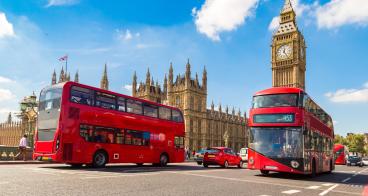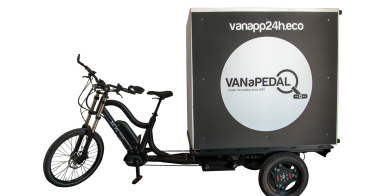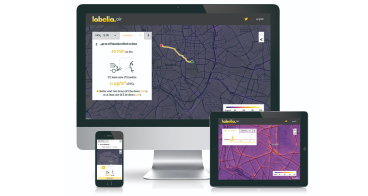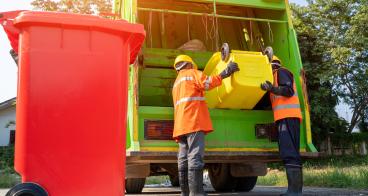How urban access regulations can resolve the mobility challenge
Although the variety of Urban Vehicle Access Regulations (UVARs) and objectives pursued has created some uncertainties in the past, the benefits of well-implemented examples have shown that access regulations can help cities to reduce congestion and pollution efficiently. However, the success highly depends on proper communication and clarity on the purpose and conditions of the schemes.
UVARs can have various forms such as low and zero emission zones (LEZ/ZEZ), pedestrian areas, or congestion charge zones. In a nutshell, UVARs designate a set of measures cities can deploy to limit traffic in specific areas, with the main objectives to reduce emissions, congestion, and to improve safety.
Faced with a serious air pollution crisis, many cities across Europe have resorted to LEZ and ZEZ to limit the impact of road transport on urban air pollution and to improve local air quality. In fact, over the past three years, the number of LEZ and ZEZ in Europe rose by 40% from 228 to 320.
In parallel to the pollution problem, high levels of congestion have reduced the traffic flow immensely. A solution for cities is the introduction of congestion charges whereby motorists need to pay to drive in some areas of the city. Leading by example, in Milan, congestion charges in Area C helped to reduce 38,5% of traffic between 2011 and 2021, thus decreasing pollution and increasing general traffic flow.
The EU supports UVAR deployment with data and information exchange
At European level, while the EU does not have a direct competence to regulate UVARs, cities and citizens are supported with access to shared data, knowledge and best practices. The recently launched EU Mobility Framework supports cities in their role as transport hubs within the single market, with relevance to UVARs. Under this framework, the EU will accelerate initiatives to establish single-entry points for people and businesses to get easy access to relevant information and procedures.
EU-funded initiatives such as UVARbox and UVARexchange already provide standardised data about implementations and help to improve local authorities’ access to information, especially with respect to foreign vehicles and drivers. The objective is to facilitate seamless travel and enforcement of UVARs by local authorities.
Careful planning and citizen engagement are key to successful UVAR implementation
Sound planning of UVARs is crucial to the successful development and implementation of the schemes. The ReVeAL project offers a database of recommendations and best practices related to UVARs. It identifies several cross-cutting aspects that need to be carefully considered for all types of UVARs, including governance, financing, public acceptance, compliance, and complementary measures (e.g. additional measures easing compliance and facilitating the best adaptation of all to UVARs).
The provision of alternatives to the private car, for instance thanks to a well-developed public transport system or affordable shared mobility options, is central to the acceptance of UVARs. Likewise, citizen and stakeholder engagement processes need to be conducted.
In the case of the Barcelona LEZ, the city has capitalised on citizen engagement. A total of five debate sessions were held with different types of entities, citizens, other groups of stakeholders. The participatory process lasted from May to December 2019, with up to 400 people involved both in-person and online via the Decidim digital platform.
Technologies are available to facilitate and optimise UVAR enforcement
Different objectives and UVAR designs have implications for the schemes’ enforcement. Indeed, implementation can vary from toll ring schemes, distance or time-based enforcement, or neighbourhood access schemes as for the superblocks in Barcelona. Companies such as Abertis Mobility Services develop innovative and digital smart enforcement solutions with technologies like optical character recognition (OCR) and automatic number plate recognition (ANPR) to reduce unnecessary efforts and costs while maintaining or even improving compliance.
Download the full report by accessing the shared files section below.
Published on 6th October2022.






